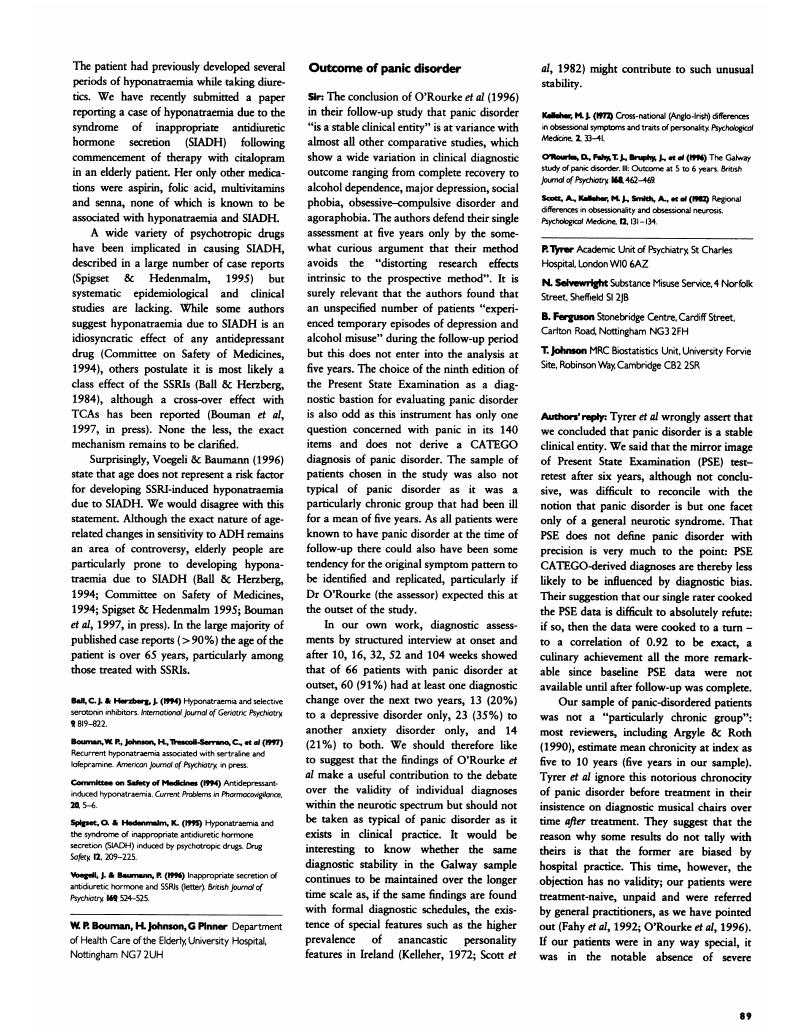Crossref Citations
This article has been cited by the following publications. This list is generated based on data provided by Crossref.
Tyrer, P.
Seivewright, N.
Ferguson, B.
and
Johnson, T.
1998.
Obsessional personality and outcome of panic disorder.
British Journal of Psychiatry,
Vol. 172,
Issue. 2,
p.
187.




eLetters
No eLetters have been published for this article.